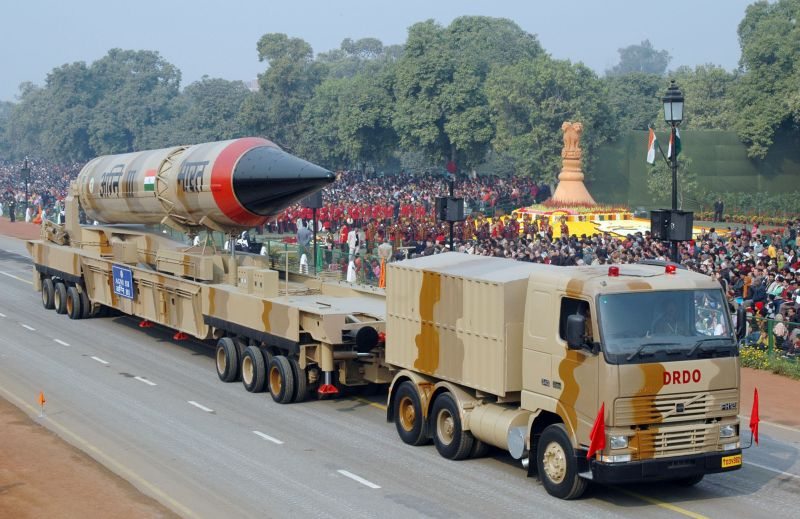The Ministry of Defence (MoD) recently announced its revised Defence Offset Guidelines (DOG), which have come into effect from August 1, 2012. The guidelines have, for the first time, articulated the key objectives of the policy document besides adding some new features and modifying/clarifying some of the earlier provisions.
Among others, the DOG has, for the first time, included multipliers up to three to incentivize investment in Micro, Small and Medium Enterprises (MSMEs), and facilitate technology acquisition (from a select list) by the Defence Research and Development Organization (DRDO).
Further incentivization has also been provided by allowing transfer of technology and equipment as valid mode of offset discharge, extending the banking period to seven years, and expanding the avenues and list eligible product/ services for discharge of offset obligation. A degree of flexibility has also been provided to foreign vendors by extending the period of execution of offset contracts by two years beyond the period of main procurement contract.
The monitoring and supervision of offset programs has been strengthened by establishing a Defence Offset Monitoring Wing (DOMW)—which will replace the existing Defence Offset Facilitation Agency (DOFA) with more powers—and mandating the new organization to report to the Defence Minister-headed Defence Acquisition Council (DAC) each year about the progress of such programs.
Despite the above features, the new offset guidelines still suffer from certain key weaknesses including ambiguity in explanation, greater leeway to foreign vendors, little incentive to defence manufacturing, and lack of in-house capacity for monitoring/auditing offset programs. These weaknesses, if not addressed at the earliest, will come in the way of key objectives of the new guidelines. This Policy Brief recommends the following measures to address the key shortcomings of the new DOG.
The indigenization requirement for Indian companies to come under the offset purview should be kept at 30 per cent (as against 50 per cent as stipulated in the revised DOG) so as to allow more Indian companies to compete for the MoD’s global contracts. The timeframe to achieve the indigenization level should also be extended beyond the time of submission of technical bids in order to allow domestic industry to progressively use more and more indigenous components in their final product.
A uniform value addition principle should be applied for both manufacturing and services sectors, so as to provide equal opportunity to companies in these sectors and avoid potential manipulation by foreign vendors.
It is high time that the industrial licensing (IL) and foreign direct investment (FDI) regulations were liberalized, so as to allow defence manufacturing to take advantage of the revised offset guidelines.
The MoD should clarify at what stage the foreign vendors can claim offset credits vis-à-vis transfer of technology and equipment.
The MoD should unequivocally name all the new entrants which have been made eligible to become Indian Offset Partners (IOP).
The newly created DOMW should develop its own in-house capacity to discharge the range of responsibilities bestowed upon it by the new DOG.
[Download not found]










